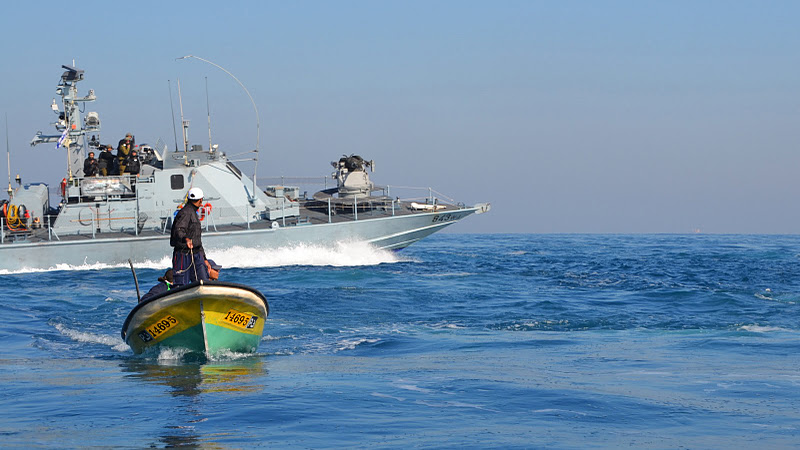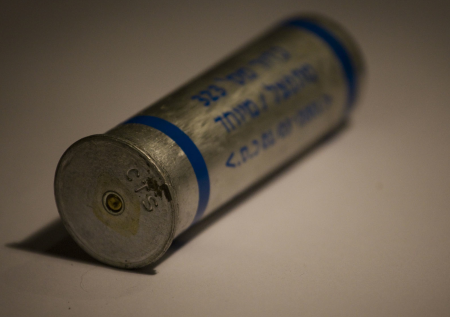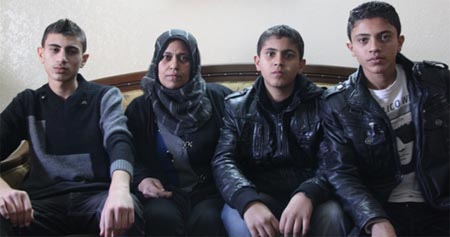-
A call from Gaza fishermen
11 January 2012 | Besieged Gaza, Occupied Palestine >Do not forget Palestinian fishermen who are prevented from fishing beyond the unilaterally imposed Israeli limit of 3 nautical miles and whose life is constantly under threat from the Israeli Naval Forces. We are waiting for you to lift the naval blockade imposed on the Gaza Strip […]
-
More deaths and injuries from US tear gas in Palestine, around the Middle East, and in Oakland
15 January 2012 | Adalah-NY US-made tear gas, manufactured by companies like Combined Systems Inc. (CSI), Defense Technology, and Nonlethal Technologies, continues to be used by governments including Egypt, Israel, Yemen, Bahrain and the United States to repress popular protest movements for social justice. In response, human rights advocates will protest again on Martin Luther King Jr. Day, January […]
-
15 January 2009: The al-Nadeem family
15 January 2012 | Palestinian Centre for Human Rights “Naser used to help the children with their school work, especially English and mathematics. Now that is my duty. Nothing can compensate me for the loss of my husband. He was always very tender, understanding and calm.” On 15 January 2009, shortly after 7:00, the Israeli […]
Action Alert An Nabi Saleh Apartheid Wall Arrests BDS Bethlehem Bil'in Cast Lead Demonstration Denial of Entry Ethnic Cleansing Farmers Gaza Global Actions Hebron House Demolition International law Israeli Army Jerusalem Live Ammunition Nablus Ni'lin Prisoner Ramallah Rubber-coated steel bullets Settlement Settlers Settler violence Tear-Gas Canister Video



